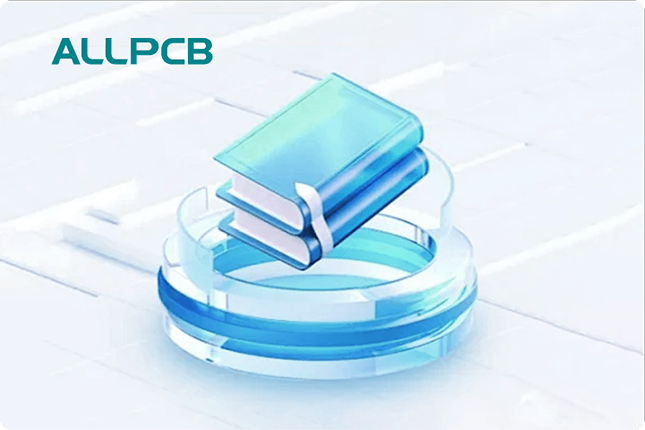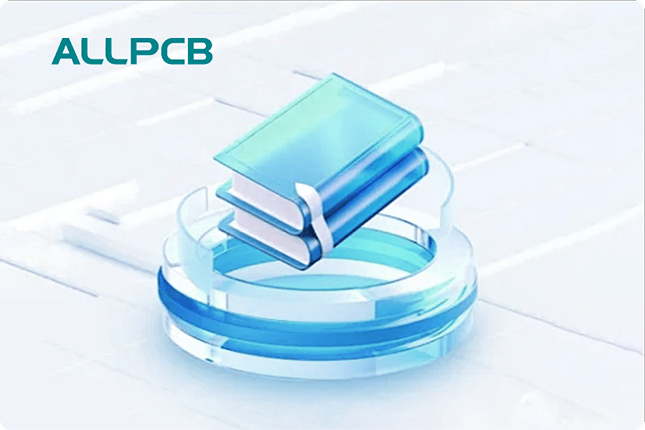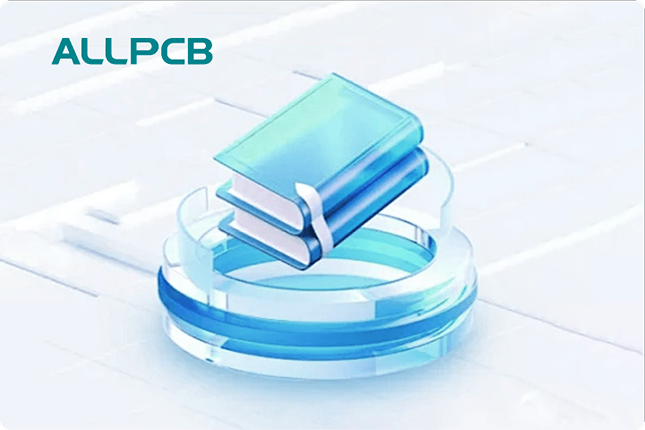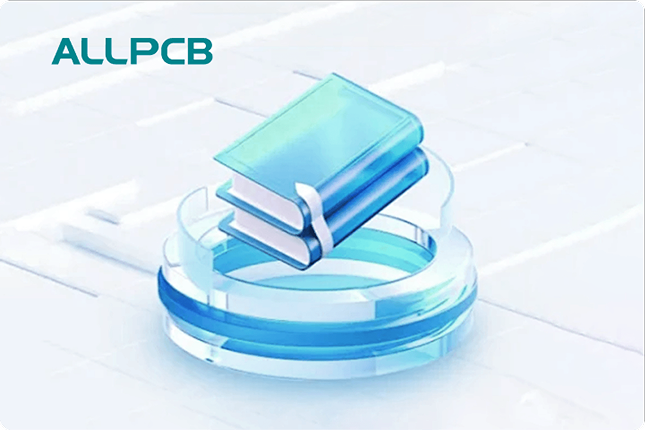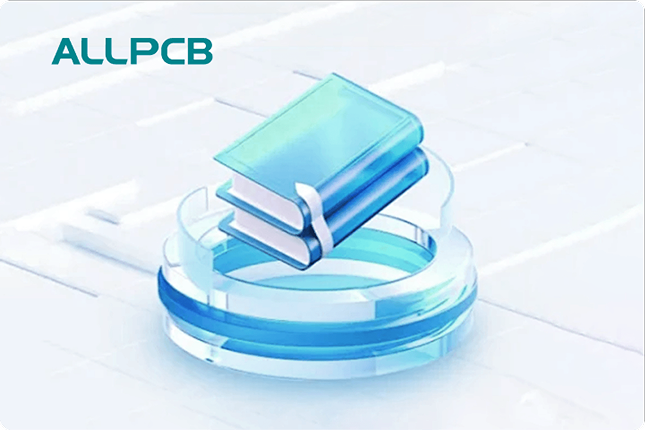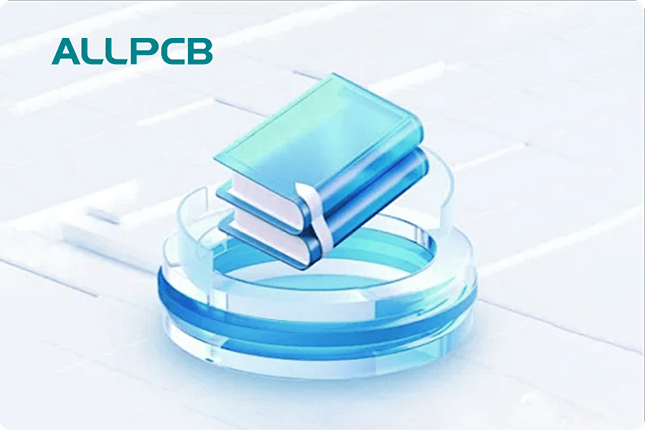When designing a battery charger, selecting the right PCB material is crucial for balancing cost and performance. The most common choice for many applications is FR-4 due to its affordability and decent electrical and thermal properties. However, depending on the charger's requirements, other materials like metal core PCBs or high-performance laminates may be needed for better thermal conductivity or specific dielectric properties. In this blog, we’ll dive deep into PCB material selection for battery chargers, focusing on factors like thermal conductivity, dielectric constant, and PCB cost, to help you make an informed decision.
Why PCB Material Matters for Battery Chargers
Printed Circuit Boards (PCBs) are the backbone of any electronic device, including battery chargers. The material used in a PCB affects how well the charger handles heat, maintains signal integrity, and performs under various conditions. Battery chargers often deal with high currents and heat generation, so choosing a material that can withstand these stresses while keeping costs low is essential.
For most engineers and designers, the goal is to find a PCB material that offers a good balance between cost and performance. This means evaluating key properties like thermal conductivity (how well the material dissipates heat), dielectric constant (how it affects signal transmission), and overall PCB cost. Let’s explore these factors in detail and see how they impact battery charger designs.
Key Factors in PCB Material Selection for Battery Chargers
Selecting the right PCB material involves understanding the specific needs of your battery charger. Below are the primary factors to consider when making your choice.
1. Thermal Conductivity: Managing Heat in Battery Chargers
Thermal conductivity measures how effectively a material can transfer heat away from components. In battery chargers, components like power transistors and voltage regulators often generate significant heat during operation. If this heat isn’t managed properly, it can lead to reduced efficiency, component failure, or even safety hazards.
FR-4, the most widely used PCB material, has a thermal conductivity of about 0.3 W/m·K. This is sufficient for low to medium-power chargers but may fall short in high-power applications where heat dissipation is critical. For comparison, metal core PCBs, often made with an aluminum base, offer thermal conductivity values ranging from 1 to 4 W/m·K, making them a better choice for high-power chargers.
For example, a battery charger for electric vehicles might require a metal core PCB to handle currents exceeding 10A and prevent overheating. However, these materials come at a higher cost, so for smaller chargers (like those for smartphones with currents under 2A), FR-4 is usually adequate.
2. Dielectric Constant: Ensuring Signal Integrity
The dielectric constant (Dk) of a PCB material indicates how much it affects the electric field between conductive layers. A lower dielectric constant is generally better for high-frequency applications as it minimizes signal loss and maintains integrity. For battery chargers, signal integrity might not always be the top priority unless the design includes high-speed communication circuits (like USB-C Power Delivery protocols).
FR-4 has a dielectric constant of around 4.2 to 4.5 at 1 MHz, which is acceptable for most battery charger designs operating at low to medium frequencies. However, if your charger includes advanced features requiring high-speed data transfer, you might consider materials with a lower dielectric constant, such as certain high-performance laminates, which can have Dk values as low as 3.0.
While these specialized materials improve performance, they significantly increase PCB cost. For most standard battery chargers, the dielectric properties of FR-4 are sufficient, keeping expenses in check.
3. PCB Cost: Balancing Budget and Requirements
Cost is often the deciding factor in PCB material selection, especially for mass-produced battery chargers. FR-4 is the go-to material because it offers a great balance of performance and affordability. The cost of an FR-4 PCB can range from $0.10 to $0.50 per square inch for standard designs, depending on layer count and thickness.
In contrast, metal core PCBs or high-performance laminates can cost 2 to 5 times more, with prices ranging from $0.50 to $2.00 per square inch or higher. For small-scale or prototype projects, this cost difference might be manageable, but for large-scale production, it can significantly impact the bottom line.
For instance, a consumer-grade phone charger with basic functionality can stick to FR-4 without compromising quality. On the other hand, industrial chargers for heavy machinery might justify the higher cost of advanced materials due to their demanding performance needs.
FR-4: The Standard Choice for Battery Charger PCBs
FR-4 is a glass-reinforced epoxy laminate material and is the most popular PCB substrate due to its versatility and low cost. Its name stands for "Flame Retardant 4," indicating its self-extinguishing properties, which add a layer of safety for battery charger applications.
Advantages of FR-4
- Cost-Effective: As mentioned, FR-4 is one of the most affordable PCB materials, making it ideal for budget-conscious projects.
- Good Mechanical Strength: FR-4 offers a strong structure that can withstand physical stress during assembly and use.
- Decent Electrical Properties: With a dielectric constant of around 4.2-4.5, it supports most standard battery charger circuits without issues.
- Wide Availability: FR-4 is widely available in various thicknesses and configurations, ensuring quick turnaround times for manufacturing.
Limitations of FR-4
- Low Thermal Conductivity: With a thermal conductivity of only 0.3 W/m·K, FR-4 struggles to dissipate heat in high-power applications.
- Performance at High Frequencies: Its dielectric properties may not suit designs with high-speed signals or frequencies above a few hundred MHz.
For many battery chargers, especially those for consumer electronics, FR-4 strikes the right balance. However, if your design pushes beyond its limits, alternative materials may be necessary.
Alternative PCB Materials for High-Performance Battery Chargers
While FR-4 works for most applications, certain battery chargers require materials with enhanced properties. Let’s look at some alternatives and when they might be worth the extra cost.
Metal Core PCBs: Superior Heat Dissipation
Metal core PCBs, often made with an aluminum or copper base, are designed for applications where heat management is critical. Their thermal conductivity (1-4 W/m·K) far exceeds that of FR-4, making them ideal for high-power battery chargers used in electric vehicles or industrial equipment.
The downside is the cost, which can be several times higher than FR-4. Additionally, metal core PCBs are heavier and may require specialized manufacturing processes, adding to production complexity.
High-Performance Laminates: Better Electrical Properties
For chargers with high-frequency components or advanced communication protocols, high-performance laminates offer lower dielectric constants (around 3.0) and reduced signal loss. These materials are often used in premium or specialized chargers but come with a steep price increase.
How to Choose the Right PCB Material for Your Battery Charger
Selecting the best PCB material for your battery charger involves weighing the following considerations:
- Power Requirements: High-power chargers (above 5A) may need materials with better thermal conductivity, like metal core PCBs.
- Frequency Needs: If your design includes high-speed signals, consider materials with a lower dielectric constant.
- Budget Constraints: For cost-sensitive projects, FR-4 is often the best choice unless performance demands justify higher costs.
- Environmental Conditions: If the charger will operate in extreme temperatures or humidity, ensure the material can withstand these conditions. FR-4 has near-zero water absorption, making it suitable for humid environments.
Start by defining the specifications of your charger. For a simple 5V, 1A phone charger, FR-4 is likely sufficient. For a 48V, 20A industrial charger, you might need to invest in a metal core PCB to handle the heat.
Practical Tips for Optimizing PCB Material Performance
Even after selecting the right material, there are ways to maximize performance and minimize costs in your battery charger design:
- Use Thermal Vias: Adding thermal vias in FR-4 boards can help transfer heat to a heat sink or another layer, improving dissipation without switching to a more expensive material.
- Optimize Component Placement: Place heat-generating components away from sensitive areas and closer to heat dissipation paths.
- Consider Layer Count: Increasing the number of layers in an FR-4 PCB can improve heat distribution and signal routing at a lower cost than switching materials.
- Test Prototypes: Build and test prototypes with different materials to find the best balance of cost and performance for your specific application.
Conclusion: Striking the Right Balance
Choosing the right PCB material for a battery charger is all about balancing cost and performance. FR-4 remains the most popular choice due to its affordability, decent thermal conductivity, and suitable dielectric constant for most applications. However, for high-power or high-frequency designs, alternatives like metal core PCBs or high-performance laminates may be necessary despite their higher PCB cost.
By understanding the specific needs of your battery charger—whether it’s managing heat, ensuring signal integrity, or staying within budget—you can make an informed decision that optimizes both performance and cost. With careful design and testing, even standard materials like FR-4 can meet the demands of many applications, ensuring reliable and efficient battery chargers for a wide range of uses.
At ALLPCB, we’re committed to helping you navigate these choices with high-quality materials and expert support. Whether you’re designing a simple consumer charger or a complex industrial solution, the right PCB material is the foundation of success.
 ALLPCB
ALLPCB


